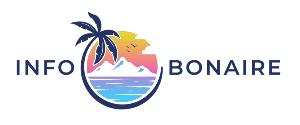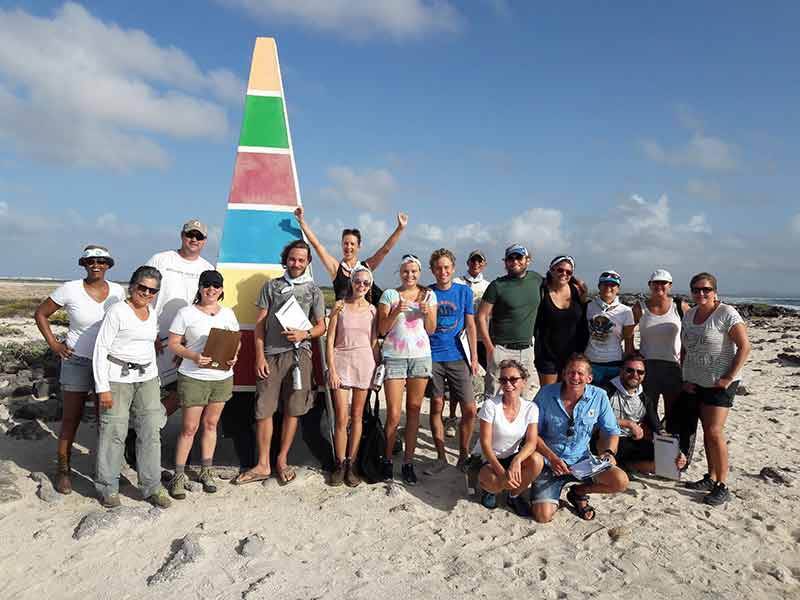Marine litter evaluation on Bonaire after two years of OSPAR data.
Bonaire and sister island, Saba, utilize the OSPAR methodology.
Although the marine litter crisis is a global threat, small islands experience a disproportional burden of the problem. An estimated 8 million tons of litter enter the ocean every year. When it washes ashore in coastal communities, it has negative impacts on economies, marine life, and even human health. Last month, the islands of the Caribbean Netherlands marked two landmarks in the global fight against marine litter. Clean Coast Bonaire has reached a two-year anniversary of collecting OSPAR marine litter data, as Saba launched their own OSPAR monitoring program.
Statistics are gathered from the OSPAR monitoring.
Bonaire and Saba’s achievements are significant because solutions to the problem of marine litter require long-term, cooperative measures. Although Bonaire and Saba are 800 kilometers apart, collecting data in a standardized way makes it possible to analyze the data and identify problematic items in our region. Long-term, consistently collected data will allow scientists and policymakers to see trends in quantities, composition, and significance over time. This partnership is a positive step towards harmonizing marine litter data collection in the wider Caribbean region.
Sources of litter.
In the two years since its inception, Clean Coast Bonaire volunteer citizen scientists have collected over 75,580 items of marine litter from three locations around Bonaire. The two sites on the eastern, windward coastline receive a significant amount of litter that drifts in from offshore. Over 90% of the items found there are composed of plastic or polystyrene. Less litter is found at the one site on the western, leeward shore. However, what is collected there has been left behind by beachgoers, including 9,254 cigarette butts.
Plastics are encountered the most in two of the monitoring sites.
“I am so impressed by the dedication of our volunteers. Their work is taking our knowledge to a whole new level. They’re proving that we can use the OSPAR monitoring protocol in a harmonized way in the Caribbean. This will lead to a better understanding of the amounts, types, sources, and potential impacts of marine litter in our region, thereby enabling the development of targeted measures to reduce plastic and other types of marine litter pollution.” – Clean Coast Bonaire Coordinator Carolyn Caporusso
Think globally, act locally.
The volunteer citizen scientists of Bonaire and Saba are certainly embodying the phrase “Think globally, act locally.” Their contribution to their communities has the immediate result of cleaner beaches locally. However, they are also making impactful steps towards filling a regional knowledge gap and supporting a comprehensive strategy to combat marine litter. It is commendable that by giving the valued gift of time, these volunteers are also contributing to the regional and global fight to keep our coasts clean.
(Source: Clean Coast Bonaire)













